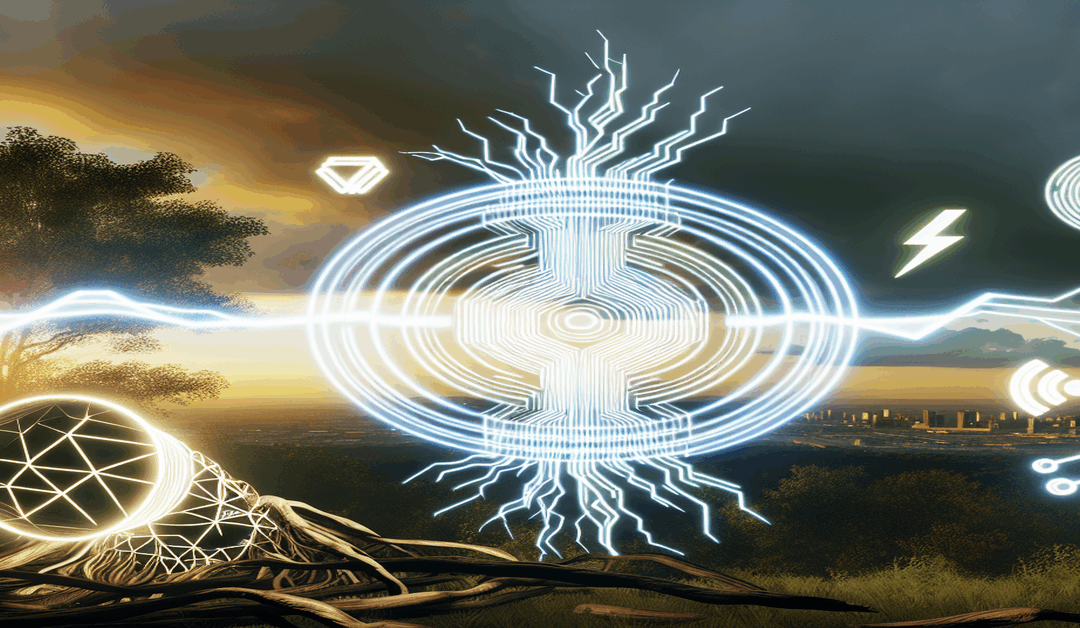Bridging AI Innovations: From Predictive Analytics to Neuromorphic Computing
In the ever-evolving landscape of artificial intelligence (AI), groundbreaking advancements are reshaping industries and transforming the way we approach complex challenges. Two key areas at the forefront of this revolution are predictive analytics and neuromorphic computing. While predictive analytics enables organizations to forecast future trends and make data-driven decisions, neuromorphic computing takes inspiration from the human brain to create highly efficient and adaptive AI systems. The intersection of these cutting-edge technologies holds immense potential for driving innovation and pushing the boundaries of what is possible with AI.
The Power of Predictive Analytics
Predictive analytics has emerged as a game-changer in the world of AI, allowing businesses to harness the power of historical data to anticipate future outcomes. By leveraging sophisticated algorithms and machine learning techniques, predictive analytics models can identify patterns, detect anomalies, and generate accurate forecasts. This empowers organizations to make proactive decisions, optimize resources, and mitigate risks.
One of the most significant advantages of predictive analytics lies in its ability to uncover hidden insights within vast amounts of data. By analyzing historical trends, customer behavior, and market dynamics, predictive models can provide valuable recommendations and guide strategic decision-making. From targeted marketing campaigns to demand forecasting and fraud detection, predictive analytics has become an indispensable tool across industries.
The Rise of Neuromorphic Computing
While predictive analytics focuses on leveraging data to make informed predictions, neuromorphic computing takes a different approach by mimicking the structure and functionality of the human brain. This innovative technology aims to create AI systems that process information in a highly parallel and energy-efficient manner, similar to the way neurons and synapses operate in the biological brain.
**Neuromorphic computing** involves designing specialized chips and architectures that emulate the brain’s neural networks. By leveraging the principles of spiking neural networks and asynchronous processing, neuromorphic systems can perform complex computations with remarkable speed and efficiency. This approach enables AI models to learn and adapt in real-time, making them highly suitable for applications that require fast and dynamic decision-making.
The potential applications of neuromorphic computing are vast and far-reaching. In the healthcare industry, neuromorphic systems can revolutionize disease diagnosis by processing massive amounts of medical data in real-time, enabling early detection and personalized treatment plans. In the realm of autonomous vehicles, neuromorphic chips can enhance safety by enabling split-second decision-making based on real-time sensory input. Manufacturing and logistics can benefit from neuromorphic computing’s ability to optimize processes and adapt to changing conditions on the fly.
Bridging the Gap: Synergies Between Predictive Analytics and Neuromorphic Computing
While predictive analytics and neuromorphic computing approach AI from different angles, the synergies between these technologies hold immense promise for advancing the field as a whole. By combining the power of data-driven insights with the efficiency and adaptability of neuromorphic systems, we can create AI solutions that are not only accurate but also highly responsive and energy-efficient.
One exciting area where the convergence of predictive analytics and neuromorphic computing can make a significant impact is in the realm of edge computing. As the Internet of Things (IoT) continues to expand, the need for real-time data processing and decision-making at the edge becomes increasingly critical. Neuromorphic chips, with their ability to process information efficiently and with low latency, can enable predictive analytics models to run directly on edge devices. This convergence of technologies can unlock new possibilities for smart cities, industrial automation, and intelligent healthcare systems.
Moreover, the integration of predictive analytics and neuromorphic computing can accelerate the development of more advanced AI algorithms. By leveraging the brain-inspired architecture of neuromorphic systems, researchers can explore novel approaches to machine learning, such as **unsupervised learning** and **reinforcement learning**. These advancements can lead to the creation of AI models that are more adaptable, robust, and capable of handling complex real-world scenarios.
Looking Ahead: The Future of AI Innovation
As we stand at the precipice of a new era in AI innovation, the convergence of predictive analytics and neuromorphic computing presents a promising path forward. By harnessing the strengths of both technologies, we can unlock unprecedented levels of efficiency, accuracy, and adaptability in AI systems.
However, realizing the full potential of this synergy requires ongoing research, collaboration, and investment. Industry leaders, academic institutions, and government agencies must work together to foster innovation, develop standards, and address the ethical and societal implications of advanced AI technologies.
As we embark on this exciting journey, it is crucial to engage in open dialogue and knowledge sharing. By coming together as a community, we can collectively shape the future of AI and ensure that its benefits are harnessed for the greater good.
So, let’s embrace the power of predictive analytics and neuromorphic computing, and pave the way for a future where AI technologies not only predict outcomes but also adapt and learn in real-time. Together, we can bridge the gap between innovation and impact, and create a world where AI serves as a catalyst for positive change.
Share your thoughts and experiences in the comments below. How do you envision the convergence of predictive analytics and neuromorphic computing shaping your industry? What exciting applications and opportunities do you foresee?
#PredictiveAnalytics #NeuromorphicComputing #AIInnovation
-> Original article and inspiration provided by ReviewAgent.ai
-> Connect with one of our AI Strategists today at ReviewAgent.ai

